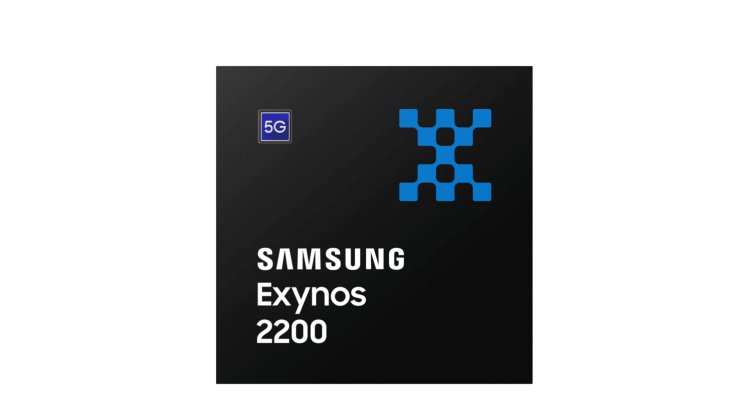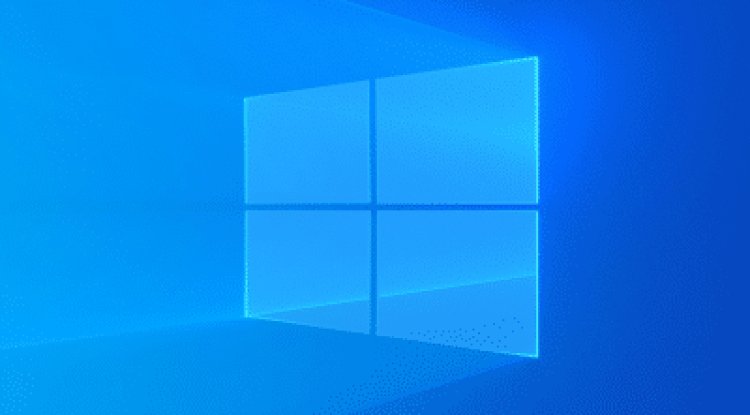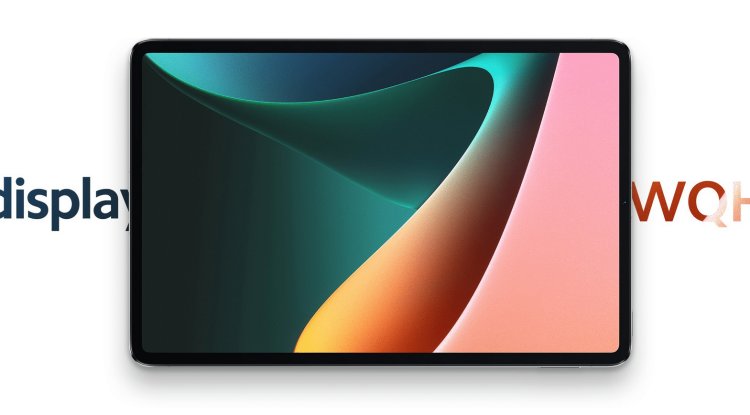Snapdragon 8 Vs. Exynos 2200 vs. Dimensity 9000

With Samsung's formal announcement of the Exynos 2200, we now have a clear picture of how next-generation mobile processors compare. Samsung's flagship processor will compete with Qualcomm's Snapdragon 8 Gen 1 and Mediatek's Dimensity 9000 as high-end chipsets for high-profile smartphone releases in 2022.
So yet, Samsung has only disclosed some specifications for the Exynos 2200. More details will undoubtedly become available as the introduction of its flagship Galaxy S22 series approaches, and we will update this story as we discover more. For the time being, let's compare the Snapdragon 8 Gen 1 to the Exynos 2200 and Dimensity 9000 on paper.
New generation performance
The latest Arm CPU cores based on the Armv9 architecture are found in all three next-generation mobile CPUs on our route. These are the powerful Arm Cortex-X2, the mid-range Cortex-A710, and the energy-efficient Cortex-A510. Google Tensor is an exception to the recent chipset announcements, as it employs previous-generation Cortex-X1, A78, and A55 cores based on Armv8 architecture in a more experimental 2 + 2 + 4 arrangement.
We anticipate a comparable level of performance because the latest Snapdragon, Exynos, and Dimensity use the same CPU cores with a 1 + 3 + 4 configuration. Due to clock speed and pre-memory variances, we may notice a few percentage points difference between them, especially as Mediatek uses the superior TSMC 4nm manufacturing process rather than the Samsung 4nm. But, aside from any visible issues with overheating or dampening, the fundamental experiences are likely to be nearly comparable between the three. It's also worth mentioning that Mediatek offers slightly faster LPDDR5X RAM than competitors, albeit partner devices will take use of this minor advantage.
In the visuals department, there are far more substantial variances. The most well-known quantity is Mediatek's Dimensity 9000, which uses the Arm Mali-G710 MC10 GPU and claims a 35% performance boost over the latest-generation Snapdragon 888. We know less about Qualcomm's latest Adreno GPU than ever before because the company has deleted a number from its naming practice. All we know is that it is 30% faster at rendering than its predecessor, implying that it will be a close fight between the two.
The Exynos 2200 from Samsung could be the most drastic improvement in mobile graphics in generations. The Xclipse 920 GPU is based on the same AMD RDNA2 architecture that powers the PlayStation 5 and Xbox series consoles, as well as high-end PC graphics cards. For the first time on a mobile device, hardware-based air monitoring is also making its way into the Exynos 2200 GPU, which is certain to be more powerful than Mediatek's software support. However, we also require games to take advantage of this technology.
However, no information on the performance or energy consumption of RDNA2 in the low-power mobile version is available. When compared to console equivalents, the number of cores and clock rates are significantly reduced and should thus be kept under control for performance expectations. According to speculations, the Xclipse 920 is struggling with a thermal performance at a predicted speed of 1.9 GHz, causing Samsung to reduce it to 1.29 GHz. If this is the case, the chipset's performance will be limited, and it is possible that the chipset will do worse than projected on the benchmark scale.
Features for flagship smartphones
While a gaming revolution would be fantastic, a basic smartphone experience is also reliant on imaging, machine learning, and smart networking. The Exynos 2200, Snapdragon 8 Gen 1, and Dimensity 9000 are also quite strong in these areas.
To begin with, all three offer competitive camera packages. All processors include very high-resolution image sensors, support for two or three cameras at the same time, and 8K video recording. However, the Snapdragon 8 Gen 1 is the only one that supports 8K HDR recording and has a 240-consecutive shooting mode, however, it lacks AV1 decoder compatibility for video playback.
All three businesses are also marketing enhanced image processing capabilities, which bring their artificial intelligence skills closer together than ever before. According to Mediatek, this would enable video bokeh and enhanced noise reduction, while Qualcomm is expanding its HDR in fast mode and night shooting capabilities. While there are considerable differences in chip capabilities, the camera components and software features that smartphone makers select for their handsets are likely to be more significant differentiators.
When it comes to the performance of artificial intelligence, all three make large promises for this generation. Qualcomm has increased the performance of its Hexagon DSP's tensors, which will result in a significant gain for particular workloads. Samsung claims a similar two-fold increase in machine learning capability over the previous-generation processor. Nonetheless, Mediatek's Dimensity 9000 is the most daring of the bunch, with 4x performance and a 4x gain in energy efficiency over the most recent-generation processor.
Anyone can estimate where all of these chips go in the grand scheme of things because machine learning performance is so dependent on the assignment. The important thing to remember is that all of these chipsets aim to be at the pinnacle of mobile artificial intelligence capability.
Another often overlooked feature that could bring some more unique new use cases of this generation is security. Snapdragon 8 Gen 1 has a brand new Trust Management Engine compatible with Android Ready SE. Similarly, the Exynos 2200 comes with an integrated secure element that can check Root of Trust and check data held in secure domains. New connectivity options, but not for everyone
Similarly, among all three of these chipsets, you will find the familiar 5G specifications. 3GPP Edition 16 5G compliance is now the norm, as are download speeds greater than 7 Gbps. Both Qualcomm and Samsung claim that they can achieve 10 Gbps downloads, but this requires more specific data transfer scenarios to achieve. For example, Samsung does this while using a simultaneous 4G and 5G connection, a situation that will not exist after the networks switch to a standalone 5G network in the future.
Perhaps the most important difference between these chips is that Mediatek is the only one that does not offer support for 5G mmWave, which limits the attractiveness of chipsets in the US and some other markets.
We can expect at least Wi-Fi 6 and Bluetooth 5.2, which is all you will need at the moment for a superior wireless experience anyway. Both MediaTek and Qualcomm support Wi-Fi 6E while the former also offers support for Bluetooth 5.3. Snapdragon 8 Gen 1 Vs. Exynos 2200 vs. Dimensity 9000 - first impressions
The leading SoC landscape of 2022 is becoming more diverse than ever, especially when it comes to the Snapdragon 8 Gen 1 versus the Exynos 2200 in the upcoming Galaxy S22 series. There are plenty of reasons to get excited with the top graphics development in the Exynos 2200, Mediatek’s highly competitive offering, and Snapdragon that duplicates images. However, rumors from the rumor mill suggest that with all this new technology, there could be several limitations in terms of performance and battery life. We'll have to wait and see.
Evidence of all this potential will be found in how smartphone manufacturers are taking advantage of these opportunities for their devices. We will re-examine all of these chipsets after consumer smartphones are launched in the first months of this year.
| Qualcomm Snapdragon 8 Gen 1 | Samsung Exynos 2200 | Mediatek Dimensity 9000 | |
| SoC | 1x Cortex-X2 @ 3GHz3x Cortex-A710 @ 2.5GHz4x Cortex-A510 @ 1.8GHz | 1x Cortex-X23x Cortex-A7104x Cortex-A510 | 1x Cortex-X2 @ 3.05GHz3x Cortex-A710 @ 2.85GHz4x Cortex-A510 @ 1.8GHz |
| GPU | Adreno | Xclipse 920AMD RDNA2 cores | Arm Mali-G710 MC10 |
| Image display support | 144Hz at QHD +60Hz at 4K | 144Hz at QHD +120Hz to 4K | 180Hz at FHD + |
| Machine learning | hexagonal | Dual core NPU + DSP | APU 5.0six cores |
| Modem | 10Gbps download (mmWave)Sub-6GHz unknown speed3GPP Release 16 5G | 7.35Gbps download speed(mmWave)5.1Gbps load speed(sub-6GHz)3GPP Release 16 5G | 7Gbps download speed (sub6GHz)3GPP Release 16 5G |
| Camera capabilities | 200MP single64MP + 36MP dual36MP + 36MP + 36MP triple8K / 30fps HDR recording | 200MP single64MP + 36MP dual8K / 30fps, 4K / 120fps, 4K HDR recording | 320MP single32MP + 32MP + 32MP triple8K / 24fps recording4K HDR Video |
| Video playback | 8K H.264, H.265, VP9 decoding | 8KAV1, H.264, H.265, VP9 decoding | 8KAV1, H.264, H.265, VP9 decoding |
| Working memory | LPDDR5 | LPDDR5 | LPDDR5X |
| Compatibility | Bluetooth 5.2Wi-Fi 6E | Bluetooth 5.3Wi-Fi 6E |





































